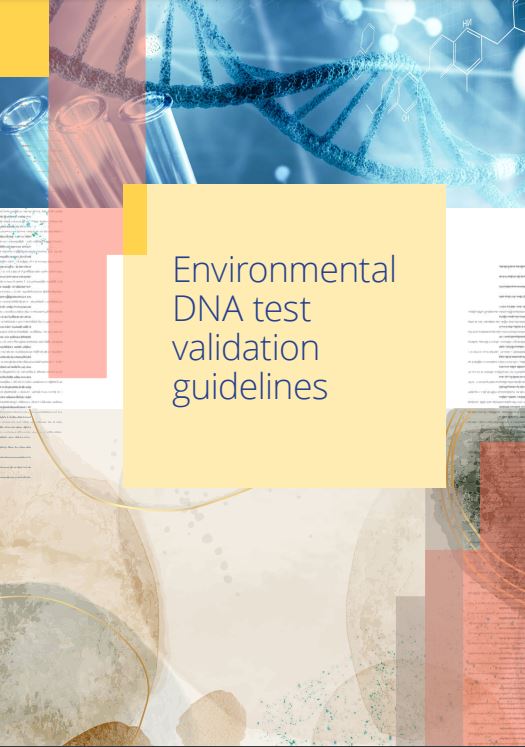Biotext provides expert content strategy and development for many of Australia’s key biodiversity and biosecurity guidelines and reports.
Australia’s biodiversity is rich and unique – our continent and surrounding seas support 600,000–700,000 native species, and a very high proportion of these are found nowhere else in the world. Biosecurity plays a critical role in reducing risk and ensuring that Australia is one of the few countries in the world to remain free from the world’s most severe pests and diseases. Biotext provides expert content and editing services in biodiversity and biosecurity.
Our role:
|
|
Along with our work on national state of the environment reporting, our partnerships and projects include:
Australian Veterinary Emergency Plan (AUSVETPLAN), Animal Health Australia
AUSVETPLAN provides policy guidance during an emergency animal disease incursion, and is a key resource in Australia’s biosecurity. Since 2005, Biotext has worked with the AHA and subject matter experts to develop, write and edit this comprehensive set of 40 manuals to ensure they are clear and always up to date.

Environmental DNA
The use of environmental DNA (eDNA) and RNA (eRNA) methods is a rapidly advancing field that helps researchers and managers identify the presence of target species for various important applications, such as screening for pest or threatened species. In 2022, we worked on 2 guides to support a consistent and best-practice approach to eDNA/eRNA testing in Australia and New Zealand. The Environmental DNA protocol development guide for biomonitoring and the Environmental DNA test validation guidelines were developed by members of the Southern eDNA Society Standards and Best Practices Committee, in consultation with eDNA experts and end users from across Australia and New Zealand. Biotext worked with the authors throughout the development process and our designers ensured the detailed information was clearly presented to meet the needs of multiple audiences.
In 2023, we also worked on Integrating environmental DNA science into Australia’s marine parks: a roadmap. Australia has one of the world’s largest marine estates, with a network of more than 160 marine parks exceeding 4 million km2. Monitoring such a vast area can pose challenges, but environmental DNA (eDNA) surveys offer new and useful capability for marine monitoring. eDNA methods can detect pest species, rare and threatened species, and changes in environmental condition to support effective management. The roadmap was developed by CSIRO to propose pathways for integrating eDNA technologies into Australian monitoring programs. Biotext worked with the authors to structure the roadmap document, edit to improve clarity and consistency, and design effective infographics as well as the overall layout.
